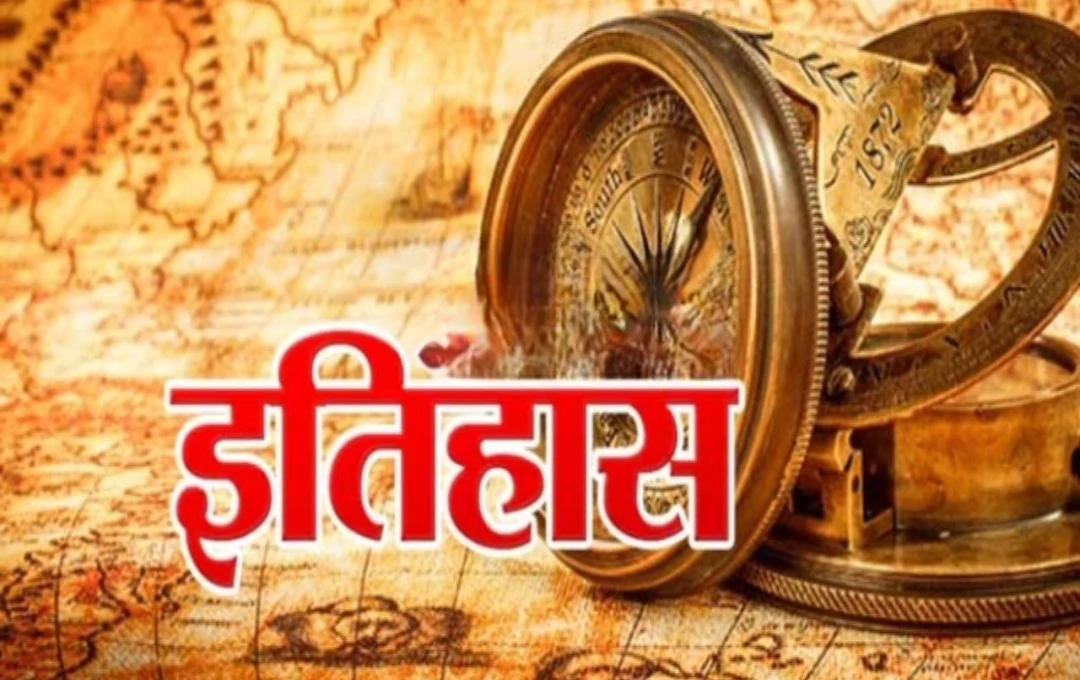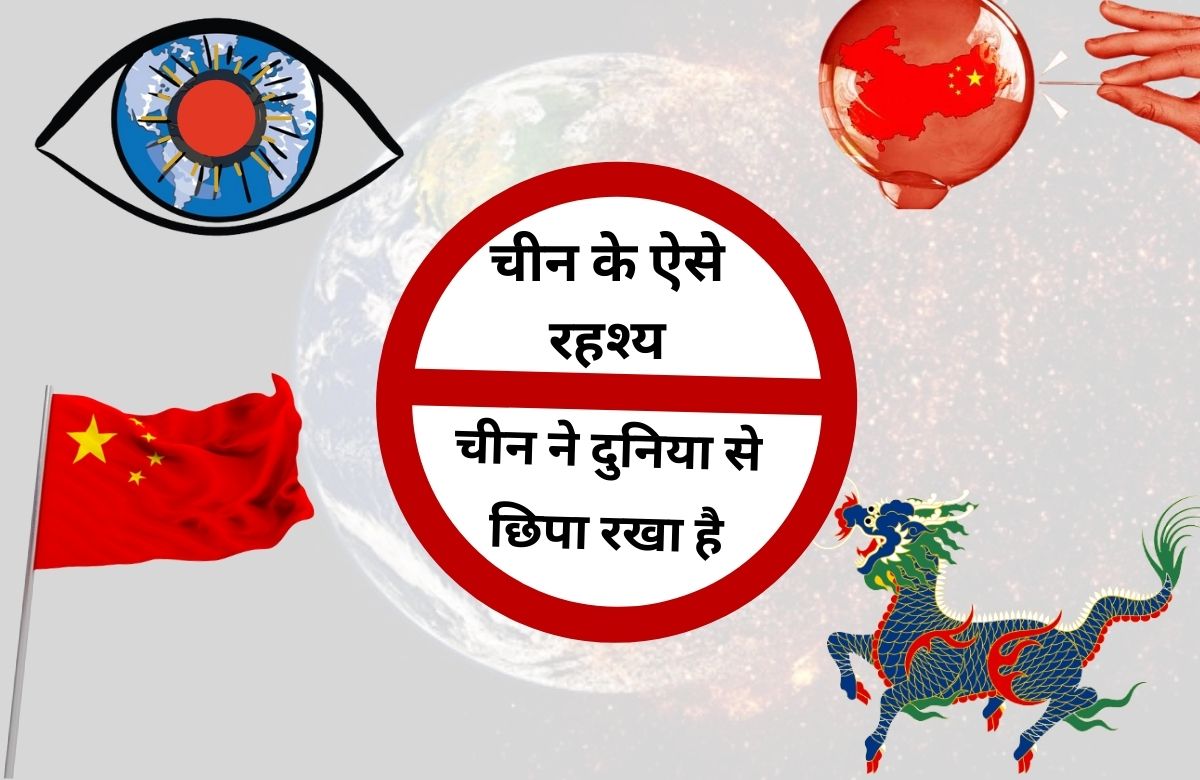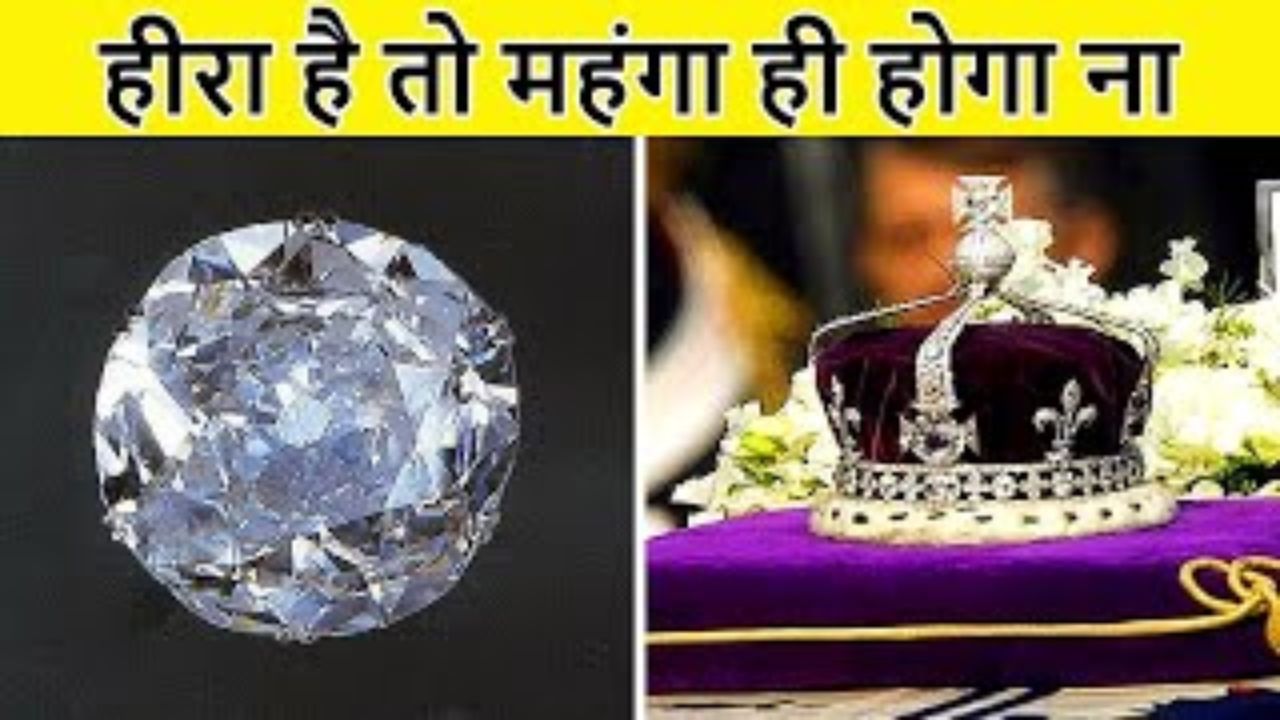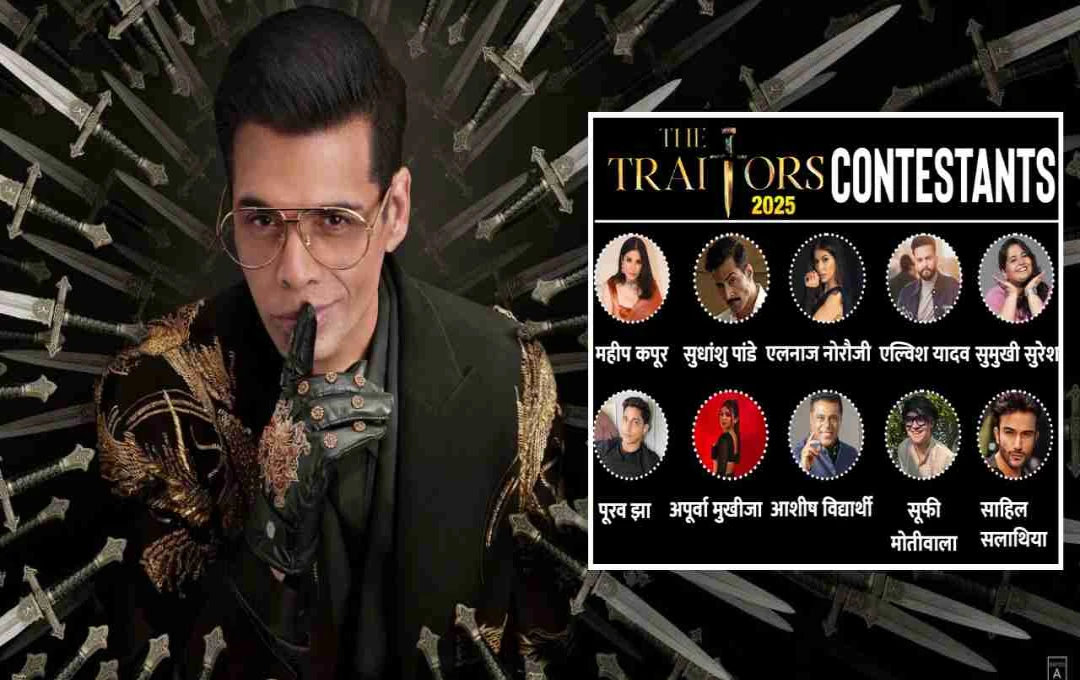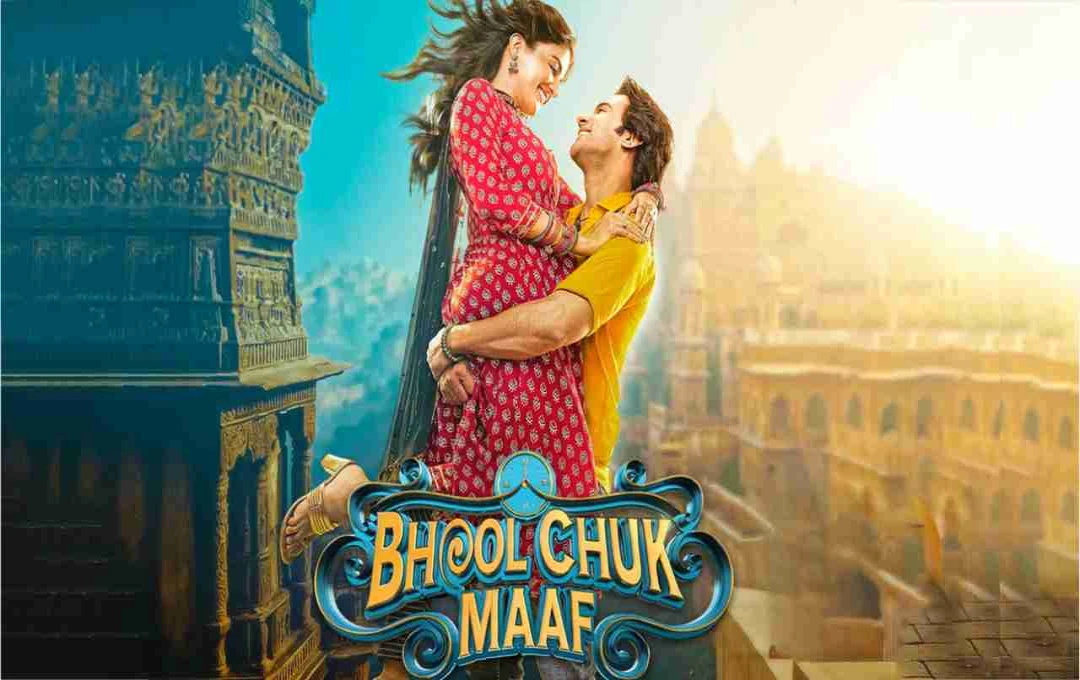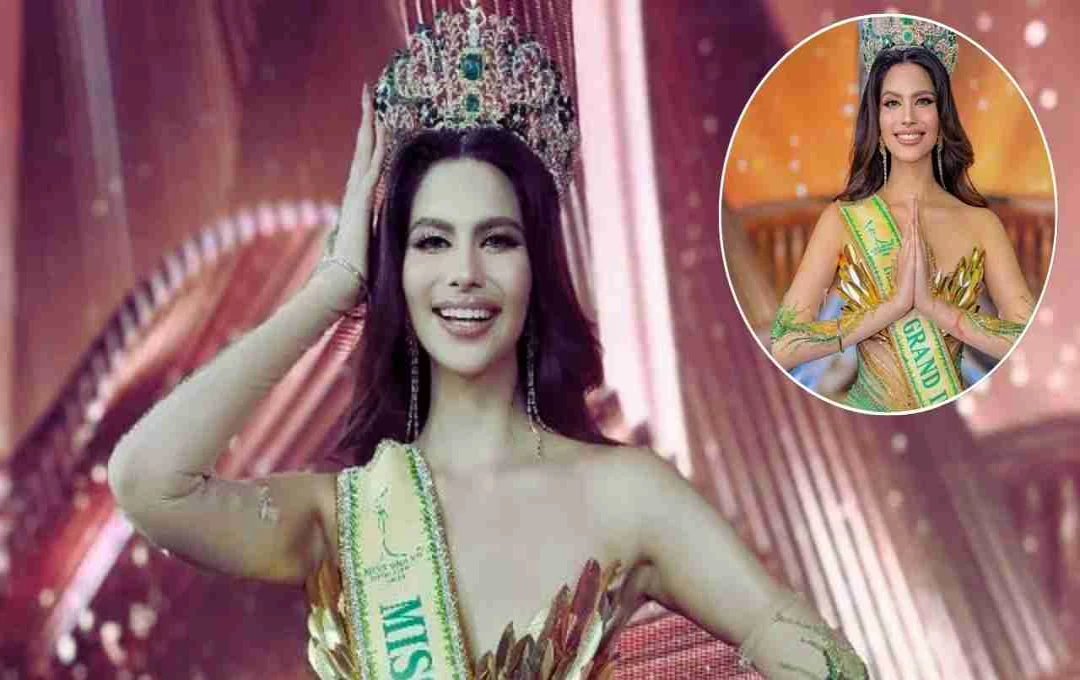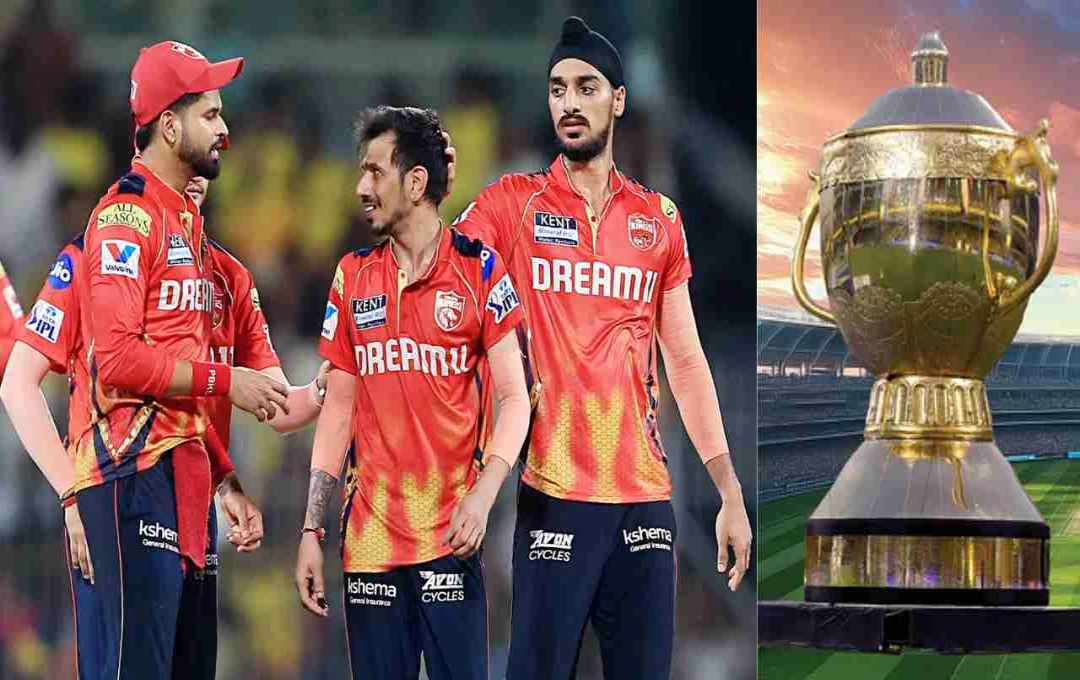India's cultural heritage (Virasat) and history (Itihasa) are not merely narratives of our past; they are the foundational pillars of our identity, values, and traditions. Let us delve deeper into both these concepts.
History (Itihasa): Iti ha asa – Thus it happened
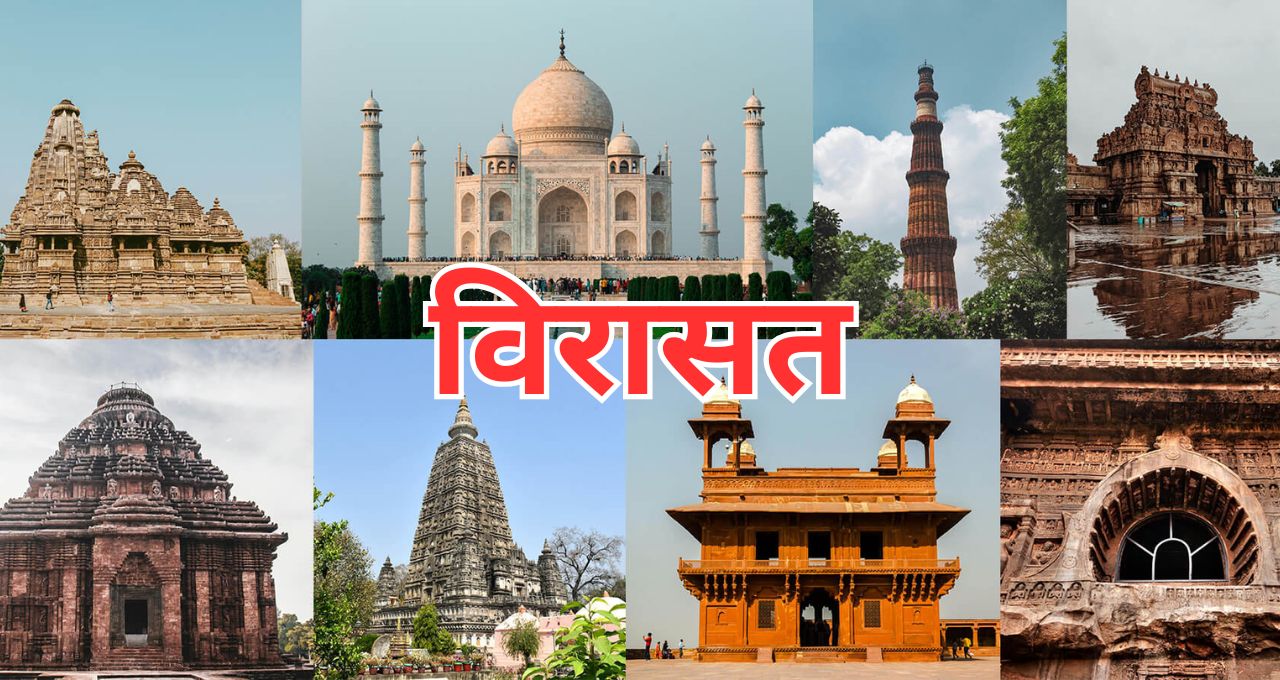
The word 'Itihasa' originates from the Sanskrit phrase "iti ha asa," meaning "thus it happened." This term is often used for epics like the Mahabharata and Ramayana, which are not only religious texts but also serve as instructive narratives on ethics, dharma (righteousness), and societal values.
The Mahabharata recounts the epic Kurukshetra war, while the Ramayana details the life of Lord Rama. These texts impart valuable lessons on dharma, duty, and ideals of life.
Heritage (Virasat): Our Cultural Legacy
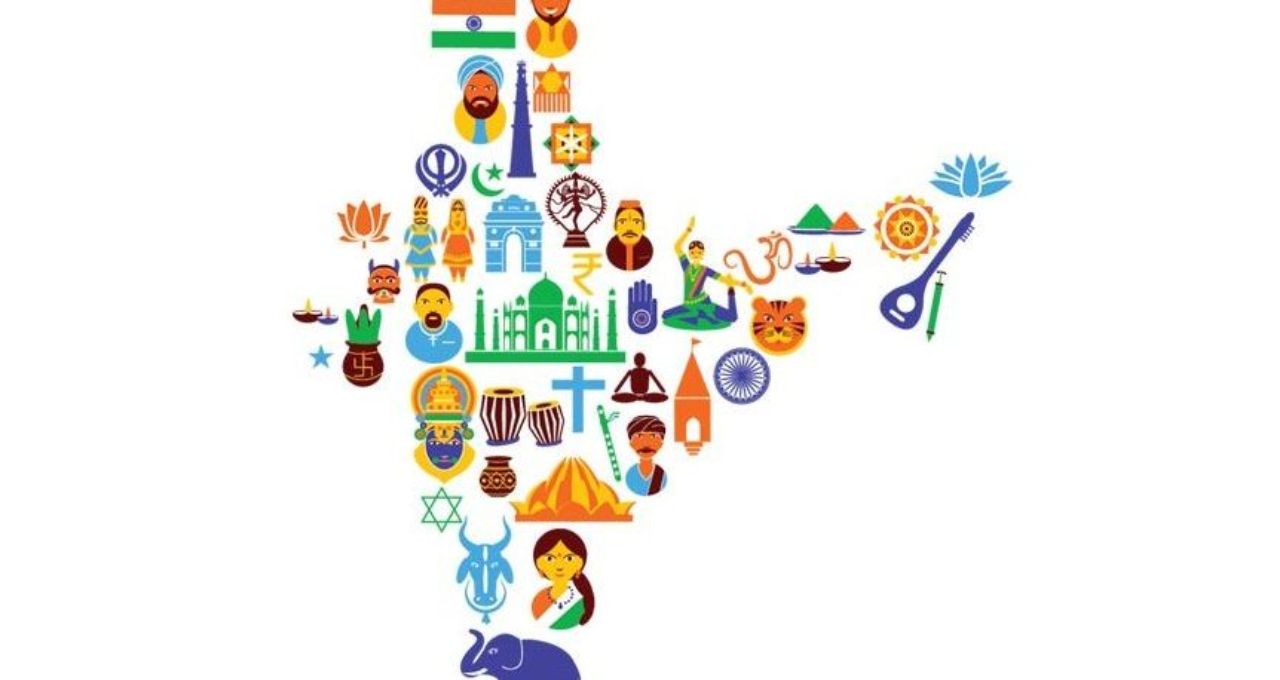
Virasat signifies the legacy inherited from our ancestors. This encompasses not just property or material possessions, but also our culture, traditions, art, music, dance, architecture, and lifestyle.
For instance, 'Virasat-e-Khalsa' is a museum in Punjab that preserves and exhibits the history, culture, and values of Sikhism. This site is a source of pride for the Sikh community and an inspiration for all.
Virasat Festival: A Celebration of Culture

A cultural festival called 'Virasat' is held in Dehradun, showcasing diverse art forms including Indian folk art, classical music, dance, crafts, literature, and yoga. This festival symbolizes the rich diversity and abundance of our culture. History and heritage are the cornerstones of our society. They connect us to our past and illuminate the path towards the future. Understanding and preserving them is crucial for maintaining our cultural identity and bequeathing a rich legacy to future generations.
